I. Introduction: The Battle for Thermal Management Efficiency
In the realm of automotive and industrial engineering, efficient thermal management is paramount to ensuring optimal performance and longevity of mechanical systems. At the heart of this battle lies the duel between two cooling titans: intercoolers and radiators. While both serve the fundamental purpose of dissipating heat, their unique roles, applications, and operational principles set them apart. This article delves into the intricacies of intercoolers and radiators, illuminating their distinctive functions and emphasizing why understanding these differences is crucial for effective system design and maintenance.
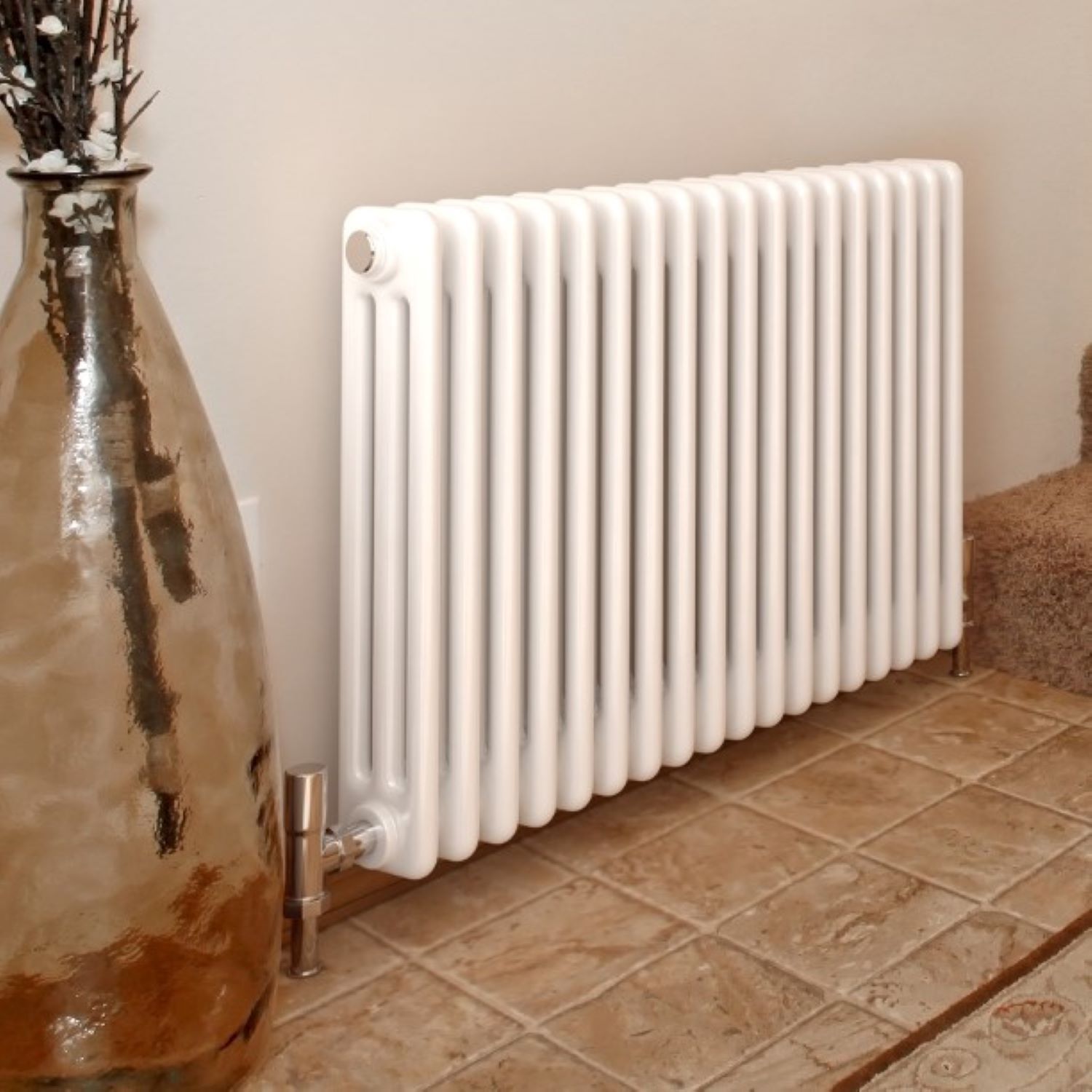
II. Intercoolers: Enhancing Turbocharged Power
A. Definition and Function
Intercoolers, primarily found in turbocharged or supercharged internal combustion engines, are heat exchangers designed to cool compressed intake air before it enters the engine’s combustion chamber. They function as an intermediary step between the compressor (turbocharger/supercharger) and the engine, hence the term ‘inter-cooler.’
B. Boosting Efficiency and Power Output
The primary role of an intercooler is to counteract the heat generated during the compression process, which increases the air temperature and reduces its density. By cooling the compressed air, intercoolers effectively raise its density, allowing more oxygen molecules to be packed into each cylinder during the intake stroke. This denser air mixture enhances the engine’s volumetric efficiency, enabling a more complete combustion process, higher power output, and reduced exhaust gas temperatures.
C. Types of Intercoolers: Air-to-Air vs. Air-to-Water
Intercoolers can be broadly classified into two types: air-to-air and air-to-water. Air-to-air intercoolers use ambient air to cool the hot compressed air, typically through a finned heat exchanger exposed to oncoming airflow. Air-to-water intercoolers, on the other hand, employ a coolant loop that absorbs heat from the charged air, which is then transferred to the radiator or another heat rejection device. Each type has its advantages and disadvantages, with air-to-air units generally offering lighter weight and simpler installation but being more susceptible to ambient temperature fluctuations, while air-to-water intercoolers provide more consistent cooling and better packaging flexibility at the expense of added complexity.
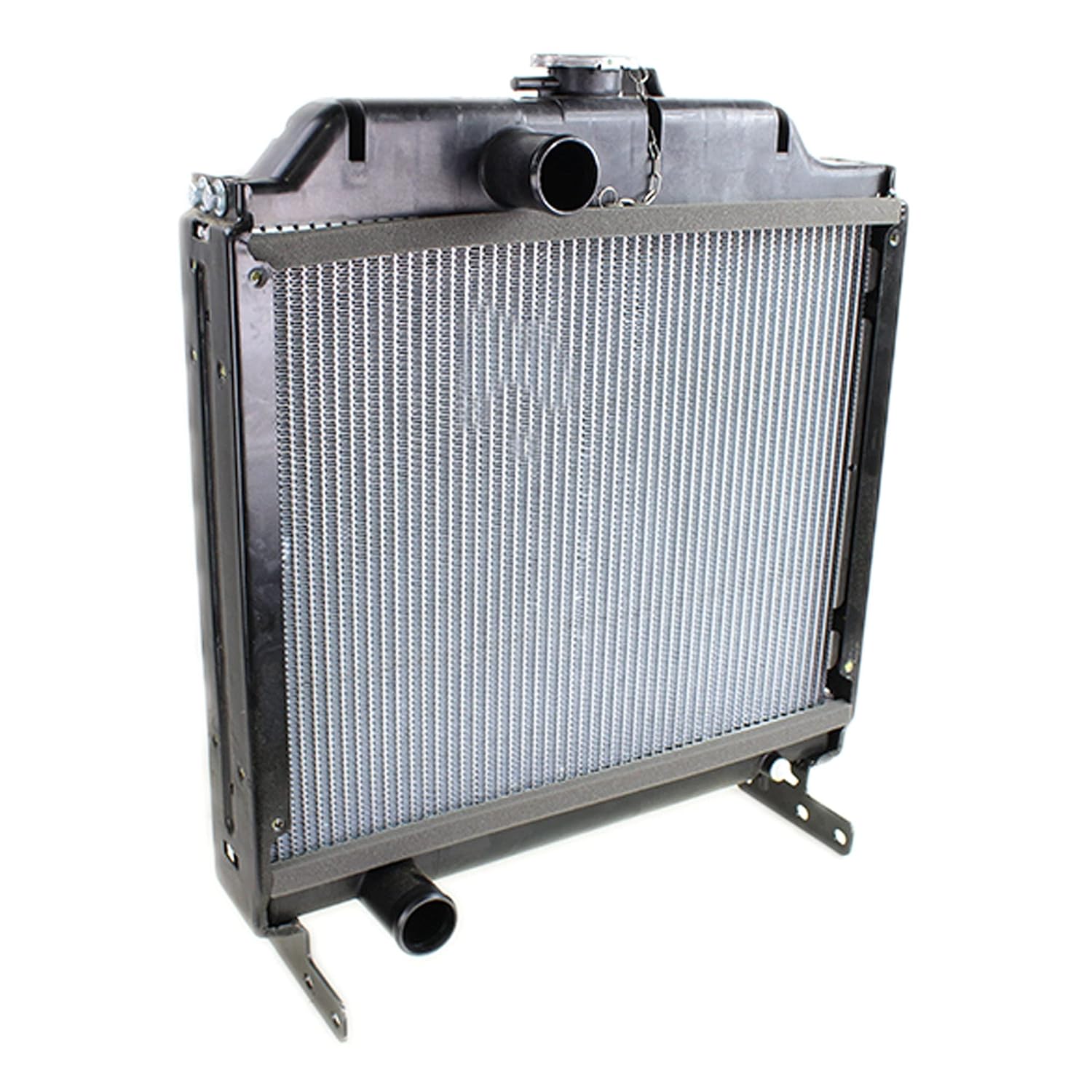
III. Radiators: Guardians of Engine Coolant
A. Central Role in Liquid-Cooled Engines
Radiators are vital components in liquid-cooled internal combustion engines and various industrial applications, serving as the primary heat exchanger responsible for dissipating heat generated by the engine or machinery. They function by circulating a coolant fluid through a network of passages within the engine, absorbing heat before returning to the radiator where the heat is transferred to the surrounding air.
B. Key Elements and Operation
A typical radiator consists of a core made up of numerous thin metal fins sandwiched between parallel tubes or channels through which the coolant flows. As air flows over these fins, heat is transferred from the coolant to the atmosphere. A radiator’s efficiency is influenced by factors such as fin design, tube geometry, coolant flow rate, and the effectiveness of the cooling fan or natural airflow. A pressure cap maintains the system’s operating pressure, ensuring proper boiling and freezing points of the coolant.
C. Expanding Applications: From Automotive to Industrial
While radiators are most commonly associated with automotive engines, their heat dissipation capabilities have led to their adoption in various industrial settings, including heavy machinery, stationary power generators, and HVAC systems. In these applications, radiators may be tailored to specific requirements, incorporating features like high-capacity cores, specialized coolants, or additional cooling fans for enhanced performance in challenging environments.
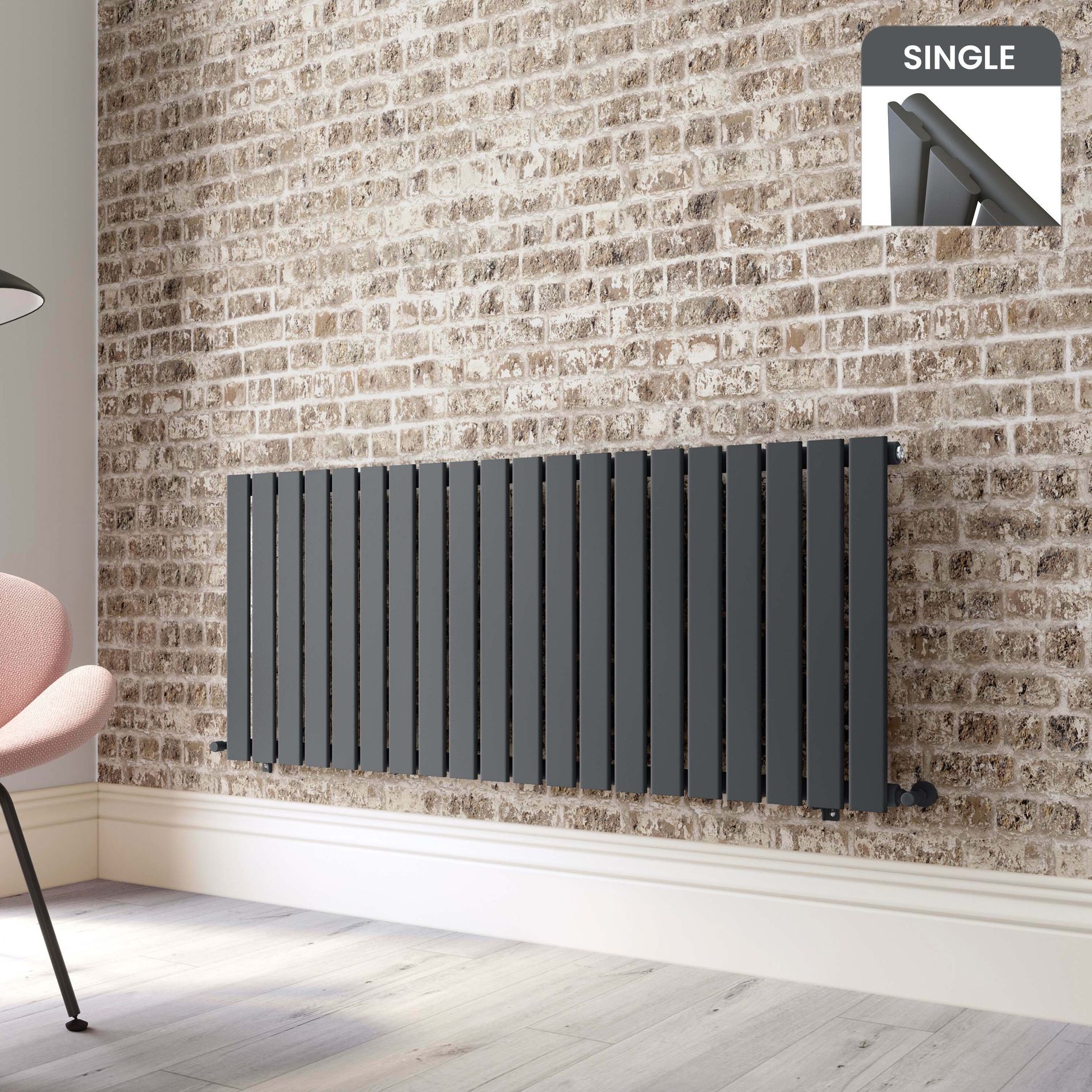
IV. Intercoolers vs. Radiators: A Comparative Analysis
A. Cooling Medium and Purpose
The key distinction between intercoolers and radiators lies in their cooling medium and intended purpose. Intercoolers cool the compressed intake air to improve engine performance, whereas radiators manage the heat generated by the engine itself through the circulation of a coolant fluid.
B. Heat Source and Transfer Mechanism
Intercoolers deal with heat generated by the compression process in forced-induction systems, transferring it to either ambient air (air-to-air) or a coolant (air-to-water), which is then cooled elsewhere. Radiators, conversely, directly transfer heat from the engine coolant to the surrounding air, utilizing the large surface area provided by their finned cores.
C. Integration and System Interdependence
Intercoolers are an integral part of forced-induction systems, functioning independently yet symbiotically with the turbocharger or supercharger. Radiators, however, are central to the entire liquid-cooling system, interacting with various components such as the engine block, water pump, thermostat, hoses, and coolant reservoir.
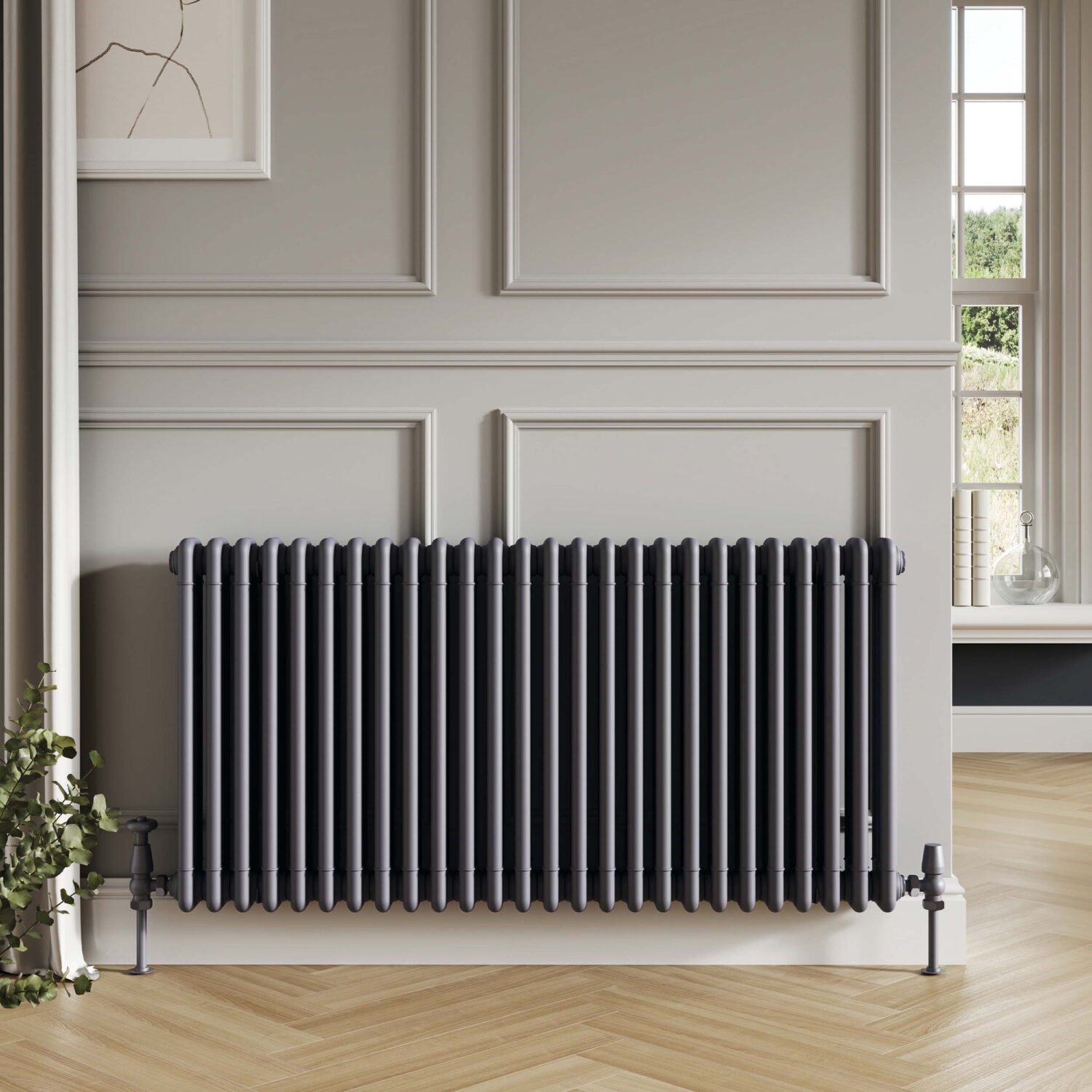
V. Advanced Technologies and Future Trends
A. Material Innovations Advancements in materials science continue to drive improvements in the performance and efficiency of both intercoolers and radiators. High-strength, lightweight materials like aluminum alloys, titanium, and advanced composites are increasingly being utilized to reduce weight without compromising structural integrity or thermal conductivity. Nanofluids, which incorporate nanoparticles into conventional coolants, offer enhanced heat transfer properties and may become more prevalent in future cooling systems.
B. Active and Adaptive Cooling Systems Emerging technologies are enabling more sophisticated active and adaptive cooling strategies. For instance, electrically or pneumatically controlled shutters or variable-speed fans can optimize airflow through intercoolers and radiators based on real-time temperature data and driving conditions. Additionally, phase-change materials and thermoelectric cooling systems are being explored for their potential to provide rapid and precise temperature control in both automotive and industrial applications.
C. Computational Fluid Dynamics (CFD) and Simulation Tools The development and widespread adoption of CFD software have revolutionized the design process for intercoolers and radiators. These tools allow engineers to simulate fluid flow, heat transfer, and pressure drop within virtual prototypes, enabling them to optimize fin spacing, tube geometry, and overall layout for maximum cooling efficiency. CFD also facilitates rapid iteration and testing of new concepts, reducing the need for costly physical prototyping and testing.
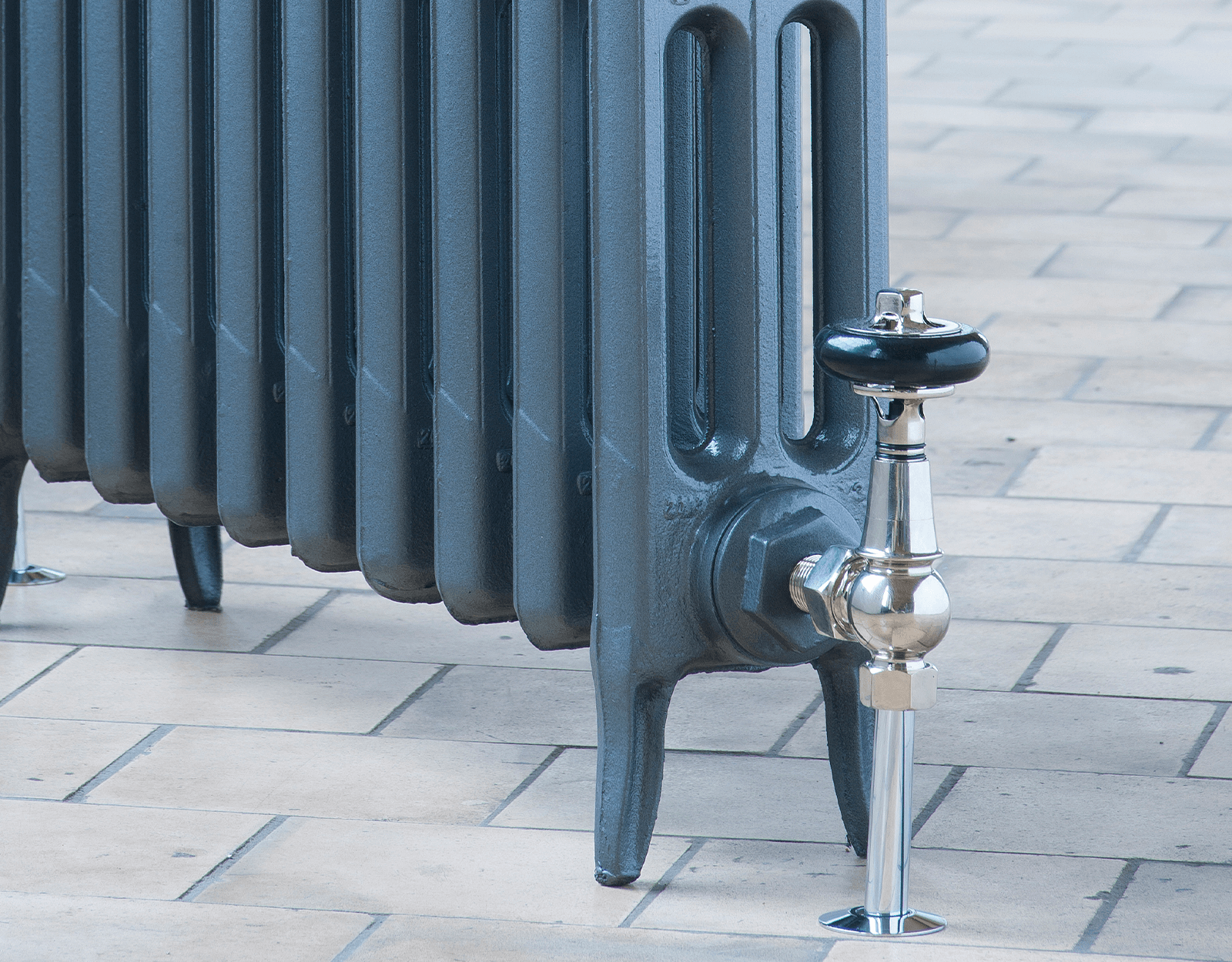
VI. Conclusion: Harmonious Coexistence in Thermal Management
Despite their distinct roles and operational principles, intercoolers and radiators coexist harmoniously in the broader context of thermal management. Both devices play a critical role in maintaining optimal temperatures within their respective systems, ultimately contributing to enhanced performance, improved fuel efficiency, and prolonged component lifespan. Recognizing and appreciating their unique functions enables engineers and enthusiasts alike to make informed decisions when designing, upgrading, or troubleshooting cooling systems in automotive and industrial applications. By understanding the Cooling Clash between intercoolers and radiators, we can harness their individual strengths to create synergistic cooling solutions that ensure peak thermal efficiency across a wide range of mechanical systems.
